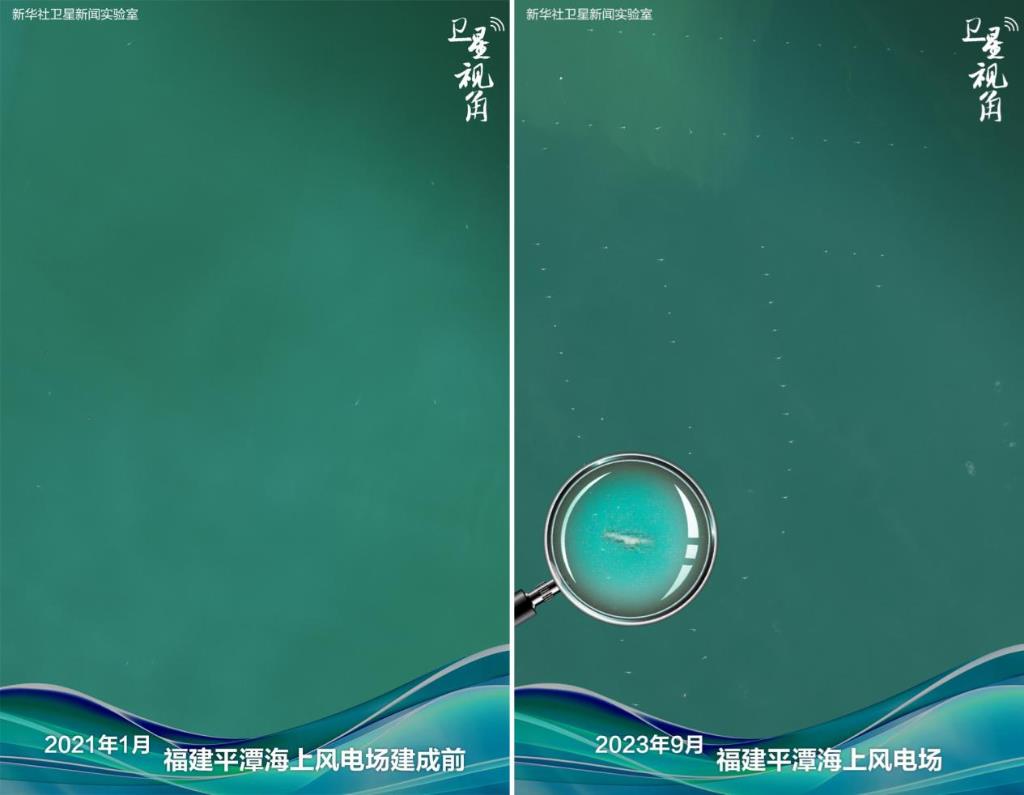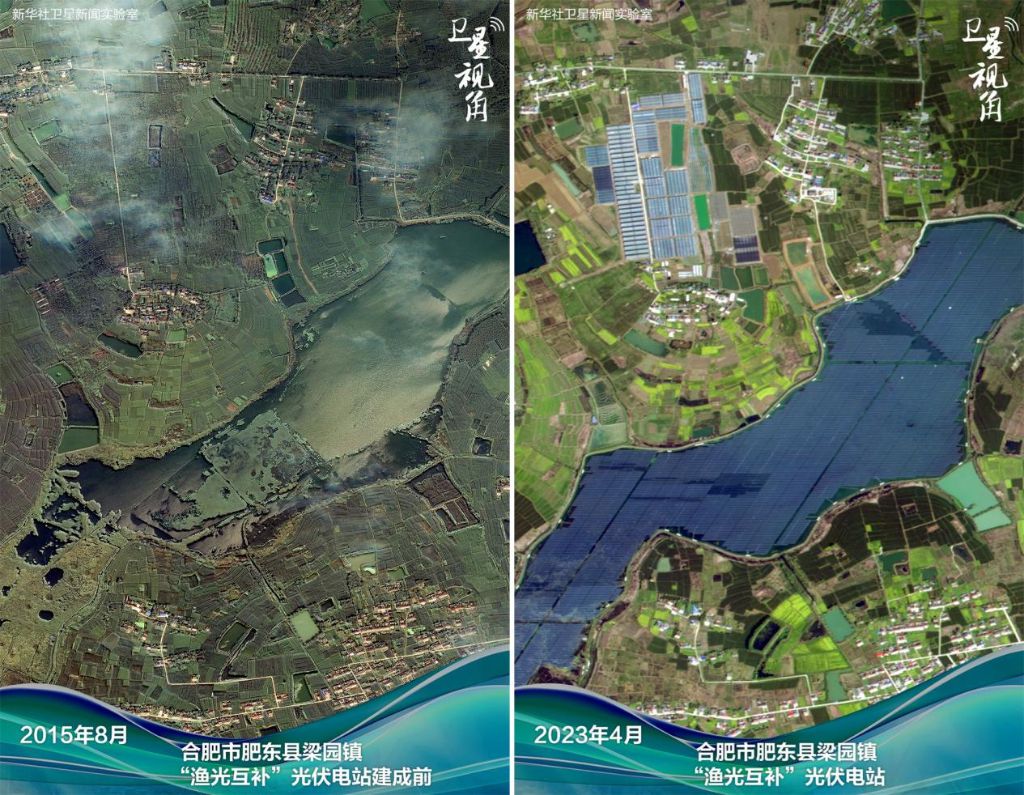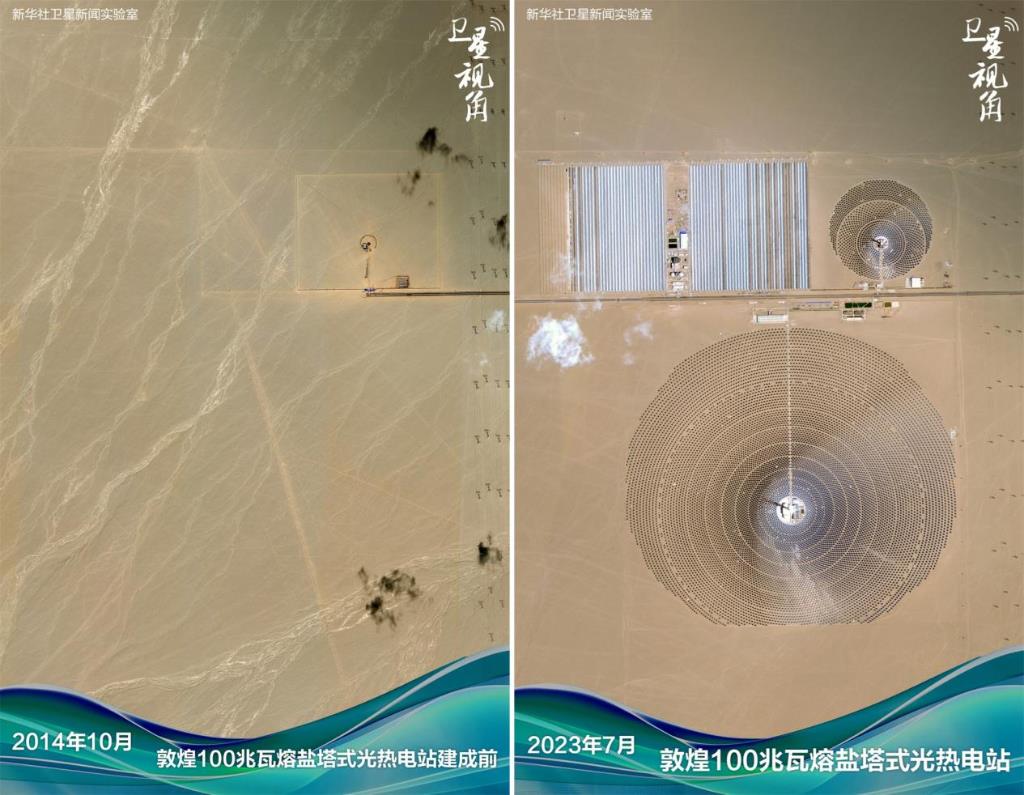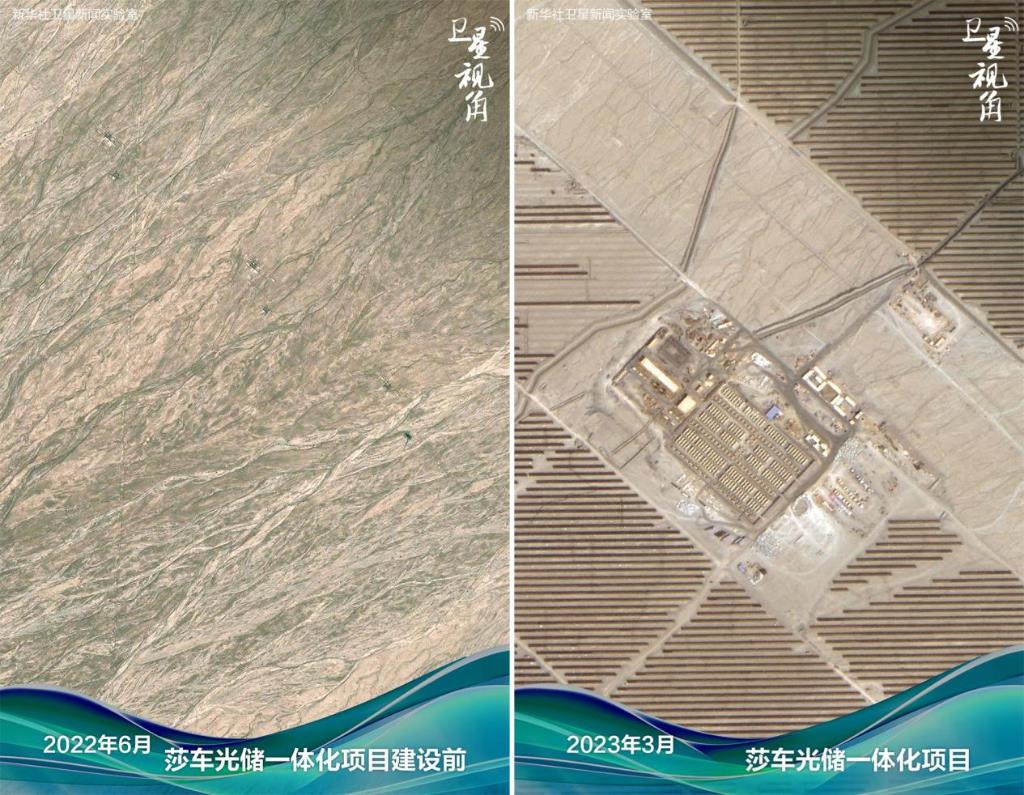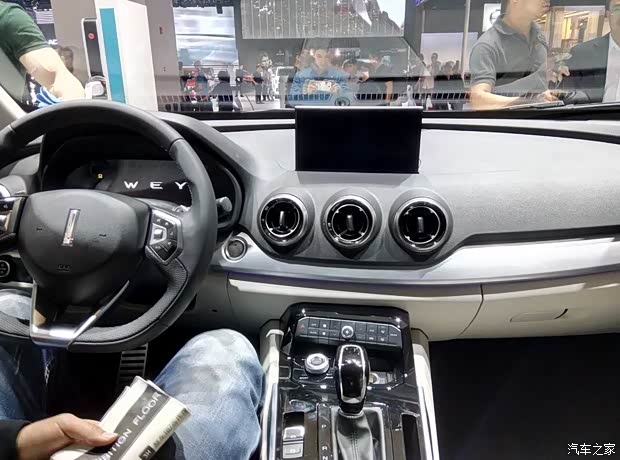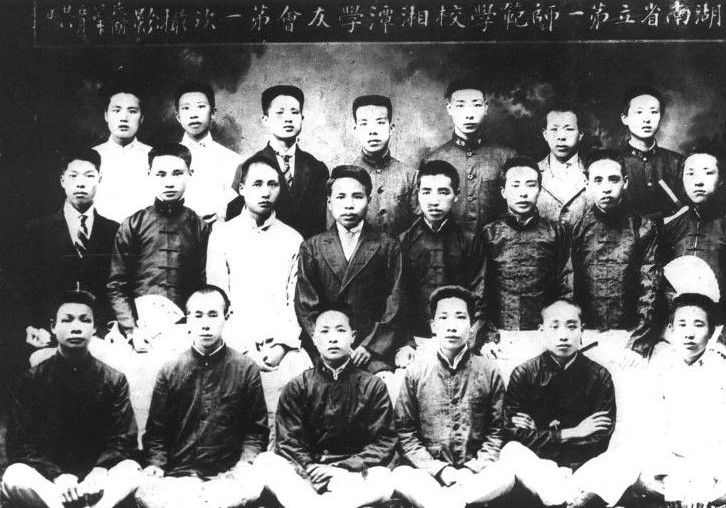
Special feature of 1905 film network We can see thousands of images of new york on the screen — — Economic center, cultural center, fashion center … All kinds of labels make new york a fast-paced metropolis with frequent opportunities. You can achieve everything you want in new york if you want.
Hi~ "Traveling with Movies"
New york — Looking for yourself in the midst of drunkenness and money
"Everyone wants all this, and everyone yearns for our present life."
As an international metropolis, new york has always been the darling of the camera, and its great inclusiveness makes it difficult to define the city easily. new york, where culture and trends are in harmony, has become a muse for directors who are full of novel ideas. It’s like a huge kaleidoscope, which reflects your life in infinite dimensions. In new york, no matter what your status, you can always find the air that makes you smell most comfortable here.

In 2006, a film adapted from a novel tells the story of Andy, a fashion insulator who entered the workplace for the first time, and became the second assistant of Miranda, the editor-in-chief of Runway, a top fashion magazine. In the process of being adjusted (folded) by Miranda, he gradually changed from anxiety and confusion to the story of deciding to stick to his true heart.
[The Devil Wears Prada]
The Devil Wears Prada (2006)

Director: david frankel
Screenwriter: Aline Brosh McKenna
Starring: Anne Hathaway/Meryl Streep/
Emily Blunt/Stanley Tucci/simon baker/More …
Type: Plot/Love
Producer country/region: USA/France
The film is mainly shot in new york. A lot of contrast shots are used in the film to describe the working and living conditions of Andy and other fashion girl in magazines, which pay attention to inner beauty, and let us see the hardships under the glamorous appearance and the sensitive and powerful women’s hearts under those cold luxury goods.

Out of place & disdainful of interacting with others
Andy’s dream is to be a journalist. In order to get his dream job, he decided to take the job of assistant editor-in-chief of Runway fashion magazine as a springboard to realize his dream of being a journalist. So she is different from other colleagues. She doesn’t love fashion, even a little disdainful. She thinks it’s just to sell her soul for beautiful clothes. …

Report to the boss that I seem to have seen a dress from the last century.
So at this time, Andy’s taste really delayed her face value and figure, and the temperament of the whole person was a little timid and at a loss, feeling that she could never integrate into the atmosphere of Runway — —

And her immediate boss — — Miranda, the industry’s benchmark V, is a fashion devil — —

It seems that two people who are not a dimension at all are in this cold publishing building.Maintain a wonderful chemical reaction.The relationship between the superior and the subordinate: Andy hopes to get a bright future through her patience, while Miranda hopes that this fat and rustic girl can give her a different surprise. ..

As the most frequent interior venue in the film, Runway magazine undertakes most of the plots of Andy’s work, which describes Andy’s "acclimatization" and being at a loss in a large proportion, and also witnesses Andy’s growth.

That bag is really Prada
The prototype of elias-clarke Publishing Building, which belongs to the magazine, is Mcgraw-Hill Publishing House. Built in 1969, this building is located near the 6th Avenue in the central business district of Manhattan, new york, with a total height of 205m. Runway magazine in the film is located on the 17th floor of the building.

Mcgraw-Hill Building belongs to Rockefeller Financial Group in real life. Rockefeller Financial Group’s whole family is inextricably linked with various industries in the United States. It can be said that Rockefeller’s 150-year family history is the abbreviated history of the American economy. Now the Rockefeller family is the only rich family in the United States, and the most famous symbol is the Rockefeller Center.

The main building of Rockefeller Center is 260 meters high and has 70 floors. On the top of the building is the famous viewing platform "-top of the rock", which has three floors, and you can have a bird’s eye view of Manhattan, especially at night, and you can see the brightly lit night view of Manhattan — —

Rockefeller center observation deck

Night view of Manhattan
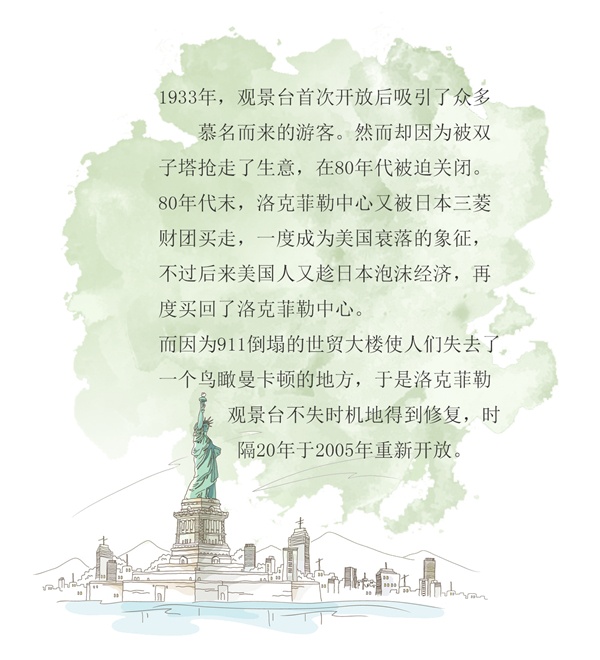
In front of the building is the open Rockefeller Center Square, and the open area in the middle is an ice rink, and the largest Christmas tree in new york is in this square ~ When Christmas comes, the whole block will be decorated with lights to celebrate Christmas ~

The golden sculpture is Prometheus.

Are you really not tempted by the strong smell of Christmas?
Self-reflection & Jedi counterattack
With the deepening of the work content, the contradiction between Andy and Miranda has gradually intensified, and Andy’s initial self-confidence has gradually turned into self-reflection and lowered posture — —

From changing clothes to being more considerate than the boss thought, Andy gave Miranda a perfect Jedi counterattack, and also made Miranda start to look at the fat girl in size six with special respect.

Meiyi this look can be said to be very in place.
Even the director has completely shown his partiality to Andy, especially the scene where the same thing transitions in the middle.In less than a minute, I changed six sets of clothes altogether.The wonderful degree is simply Andy’s personal fashion show— —

Andy at this stage is no longer like a little sheep, but walks on the street with his head held high and enjoys the eyes of passers-by. Of course, this is not only the stage of Andy’s inner change, but also the most expensive stage for the whole crew (holding the production)

What really made Miranda affirm Andy’s working ability was a charity party held at the Metropolitan Museum of New York. Andy’s ability to improvise helped Miranda solve the social crisis in time and really got a place in Runway ~

The famous Metropolitan Museum of Art in new york, located on Fifth Avenue, is the largest art museum in the United States and one of the four largest museums in the world.

Screenshot of the film
The Metropolitan Museum of New York was designed in 1871. At that time, the neo-Gothic red brick architectural design of the museum was also called outdated design, which was called "a mistake" by the chairman.

The Metropolitan Museum of Art in New York
The first museum opened in 1872, the first collection was a personal exhibit from a railway worker, and now, the Metropolitan Museum has become a large museum with 3 million collections ~

There are 248 showrooms on three floors. In addition to the European artworks used by each museum, the Metropolitan Museum of New York also displays some novel and interesting exhibits such as clothes, photos and 20th century artworks.


Get on the right track & return to yourself
Andy, who was on the right track at work, got the opportunity to go to Paris to watch the show with him. It was also in Paris that we saw Andy’s enjoyment of this job. She dresses up carefully, and talks with the big coffee fashionably. She knows that she is exquisite and enjoys the spotlight and the sound of the shutter — —

Inner OS: I know my most beautiful boots
At least at this time, Andy and fashion are integrated, and she has completely become a fashion icon — —

Andy, who should have started a new chapter in his career in Paris, decided to take Paris as the end of his assistant career and the starting point of returning to himself.
Andy was worried that Miranda would lose everything because of the change of generals. As a result, he found that Miranda had secretly deployed and quietly resolved the crisis, but the price he paid was to use his loyal subordinates — —

Andy finally realized that she was different from Miranda. She knew that she would never be able to keep her conscience safe when stepping on others, so Andy made a choice — —

She threw her mobile phone into the fountain in the square, and also threw Miranda’s desperate call and the bondage of work into the water. Andy’s world is quiet. She smiles freely and knows that she hasToo strong to be bound.She knew that the clean and free Andy was awake again.

The scene of throwing a mobile phone was taken in the Place de la Concorde in Paris. During the French Revolution, it was also considered by the French people as a stage for the destruction of kingship and a symbol.Freedom and rebirthThe place ~

Concorde Square is octagonal, surrounded by statues representing the eight largest cities in France in the 19th century. There are two golden fountains in the middle of the square, namely the Poseidon Fountain in the north and the Poseidon Fountain in the south, which were built in the 19th century to reflect the superb navigation and river shipping technology of France at that time ~ (vanity! )

In addition to the two fountains, the Egyptian obelisk standing in the square is even more eye-catching. The obelisk is carved from a whole piece of pink granite, 23 meters high and covered with Egyptian hieroglyphics. It was given to France by the Governor of Egypt in 1831, and it has a history of more than 3,400 years ~

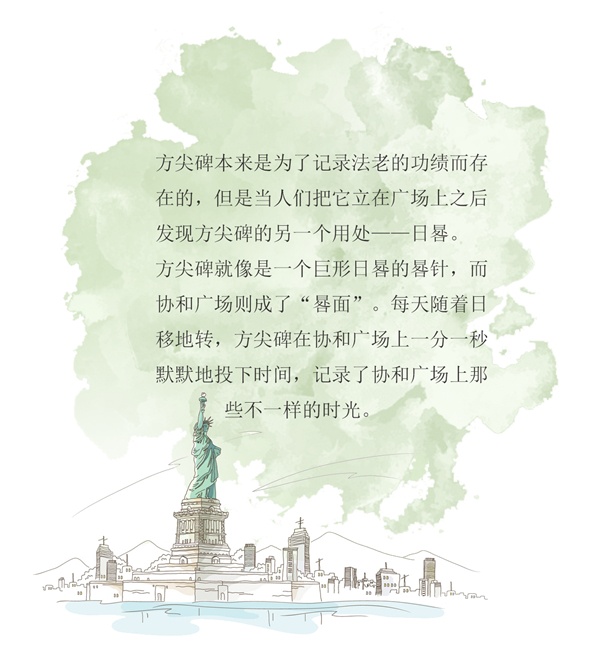
If you don’t know the sundial, please go to Baidu yourself.
Appreciate each other & Smile at each other.
Andy, who was personally recommended by Miranda, became a reporter for the new york Mirror as she wished. After the successful interview, she happened to go to the place where her dream began — — Runway magazine building, and met the person who taught her to grow up, Miranda.

Miranda’s smile is the best ending.
The film begins with Andy’s entry into the magazine building and ends with the meeting of two people downstairs, depicting the growth and transformation of Andy, a newcomer in the workplace — — No matter what, stick to your original self.
But fashion is not completely useless. I have to admit that Andy’s clothes look much better in the end than when she first appeared, and her heart is stronger than at the beginning.

So external beauty and internal beauty have never been natural enemies.
Not only new york, but every city has its own freshness. When you try your best to blend into this city, this city is gradually changing you.
Want to change the world and make it your appendage? Stick to being yourself and start by putting new york on you.







